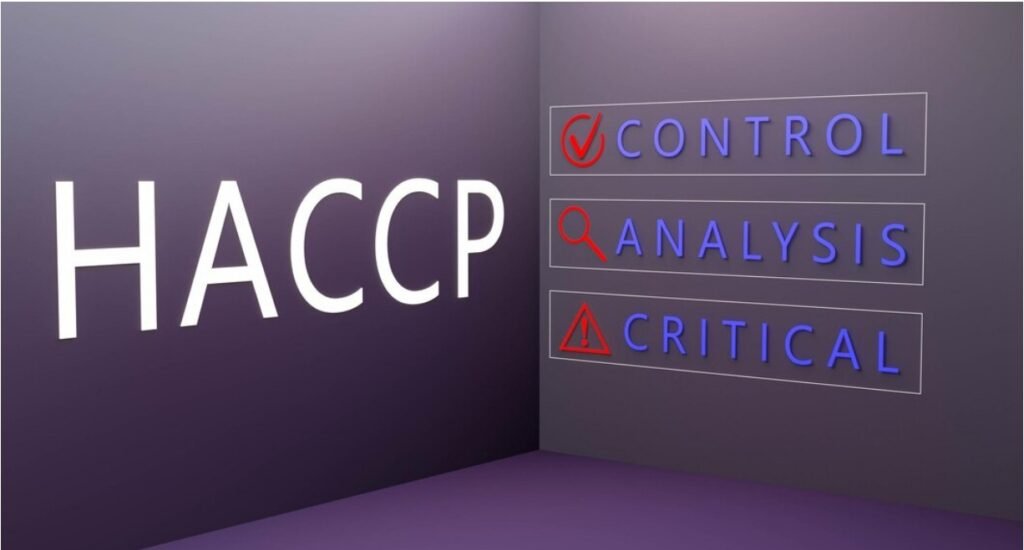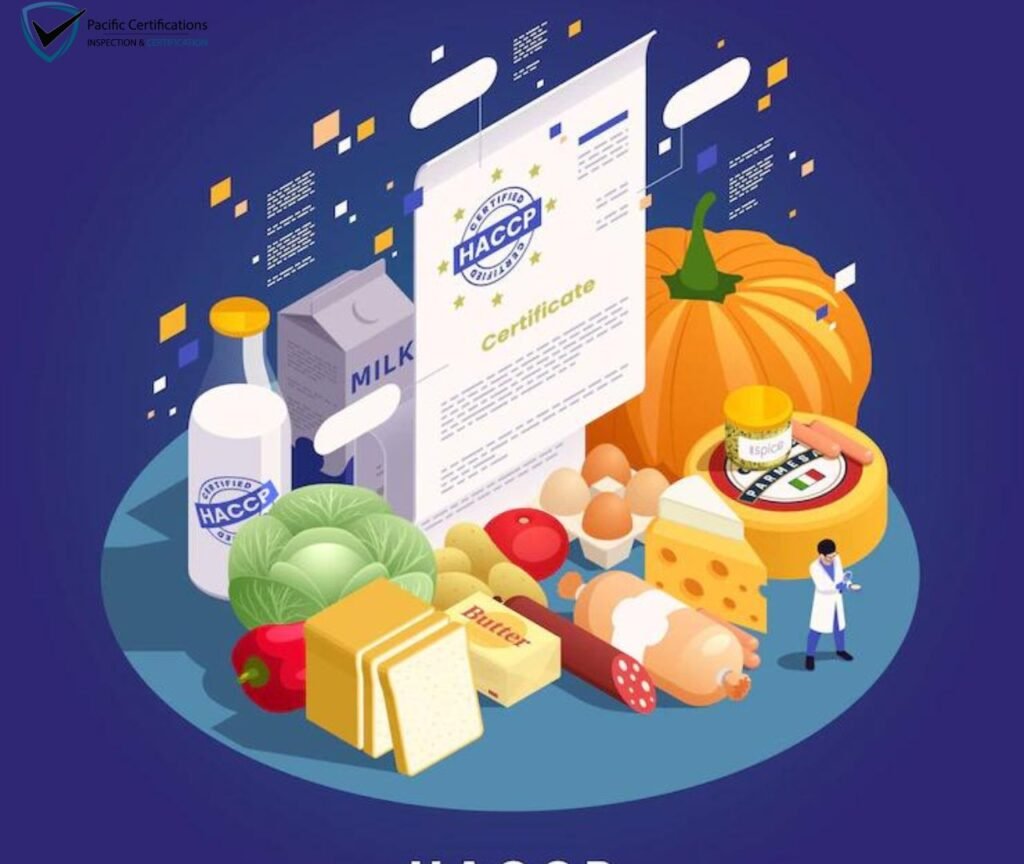
This article is a simple breakdown of the processes involved in HACCP and its importance in food safety. It will also walk you through some of the tactics used to keep your operations safe and productive.
HACCP is a food safety system that can help reduce the risk of contamination and prevent foodborne illness outbreaks. In this article, you will find some helpful tips for implementing HACCP on your own.
What is HACCP?
HACCP is an acronym for Hazard Analysis and Critical Control Points. HACCP is a safety system that helps to ensure the safety of food products.
There are several steps that must be taken when implementing HACCP in a food facility. The first step is to identify the hazards that may affect the product. Next, you must determine which critical control points are necessary to prevent these hazards from happening. Finally, you must establish procedures for monitoring and controlling these critical control points.
By following these steps, you can ensure the safety of your food products. Therefore, HACCP is an important safety measure that should be implemented in any food facility.
Key HACCP Principles
1. Key HACCP principles include aseptic technique, effective monitoring and control of hazards, and good manufacturing practices.
2. Aseptic technique is the practice of maintaining cleanliness during food production. This is important because it helps to prevent the growth of harmful bacteria.
3. Effective monitoring and control of hazards ensures that any potential hazardous conditions are spotted and dealt with quickly. This minimises the chances of dangerous foodborne illness outbreaks.
4. Also, Good manufacturing practices help to ensure that products are made in a safe and reliable way. This means that they are free from contaminants, and will not cause health problems when consumed.
HACCP Basics

So, If you want to prepare your food products for sale, you need to follow the guidelines set forth by the Hazard Analysis and Critical Control Point (HACCP) system. HACCP is a system used in the food industry to prevent food safety hazards.
There are five basic steps in HACCP: plan, do, monitor, control, and report.
The first step in HACCP is the plan. You need to decide what you want to achieve with your food safety program and figure out what needs to be done in order to achieve those goals. This includes creating a timeline for your program, identifying who will be responsible for each part of the process, and figuring out what resources you will need.
The next step is do. This is where you take action on the plans you created in step one. This could involve preparing food products, testing them for safety, or issuing warnings or recalls.
The third step is monitor. You need to keep track of what is happening in your food production area so that you can make adjustments as needed. This includes monitoring temperature, humidity, bacteria levels, and other indicators of food safety.
At last, The fourth step is control. This is where you take steps
How to Establish the Food Distribution
One of the most important steps in implementing a HACCP plan is establishing the food distribution. This involves determining where and how the food will be distributed to ensure that it is safe and properly handled.
There are a number of factors to consider when establishing the food distribution. Including the type of food being distributed, the number of people involved in its production, and the location of the food production facilities. It is also important to consider the type of food being produced, as well as its nutritional value.
If you are unsure about any aspect of your food production or distribution system, do not hesitate to contact a professional consultant. So, They can help you establish a safe and effective HACCP plan.
Establish the Flow Diagrams for each step
One of the most important aspects of ensuring a safe food production process is having proper flow diagrams. A flow diagram is a visual representation of the steps involved in producing a product or service. Therefore, By establishing these diagrams, you can ensure that all steps are properly executed and that no steps are skipped.
One of the most important steps in producing food is ensuring that the food is safe to eat. To do this, you need to establish proper hygiene protocols and control the flow of food throughout the production process. Thus, One way to do this is by establishing flow diagrams for each step in the production process. This will help to ensure that all ingredients are properly handled, that no spoilage occurs, and that the food is safe to eat when it leaves the production facility.
Labeling and Storage of Materials
1. Label all materials being used in the food production process with the proper information. This includes ingredients, food product labels, and packaging, labeling of equipment, and storage areas.
2. Keep all labeling materials in a safe, easily accessible location.
3. Store food products in a clean and organized manner.
4. Follow all food safety rules and regulations when producing or consuming food.
Verification and Maintenance of the Flow Diagrams
1. Verification and Maintenance of the Flow Diagrams:
HACCP is a food safety management system that helps to ensure that food products are safe to eat. A flow diagram is a visual representation of the steps involved in processing food. It is important that the flow diagram be kept up to date and verified to ensure that the food safety process is working correctly.
Flow diagrams can be verified by inspectors or by comparing it against previously documented flows. If there are any changes or updates to the processing procedures, the flow diagram should be updated as well. Additionally, it is important to maintain the flow diagram so that it is easy to understand and accessible for future reference.
2. Properly Training Employees:
It is essential that employees are properly trained in HACCP principles. In fact, This training should cover all aspects of the food safety process, from verifying the flow diagrams to properly handling food products. If employees do not know how to properly handle food products, they could put customers at risk.
Therefore, Maintaining a flow diagram and properly training employees are key steps in ensuring safe food products for customers.
Read About : ISO 9241-210:2019









